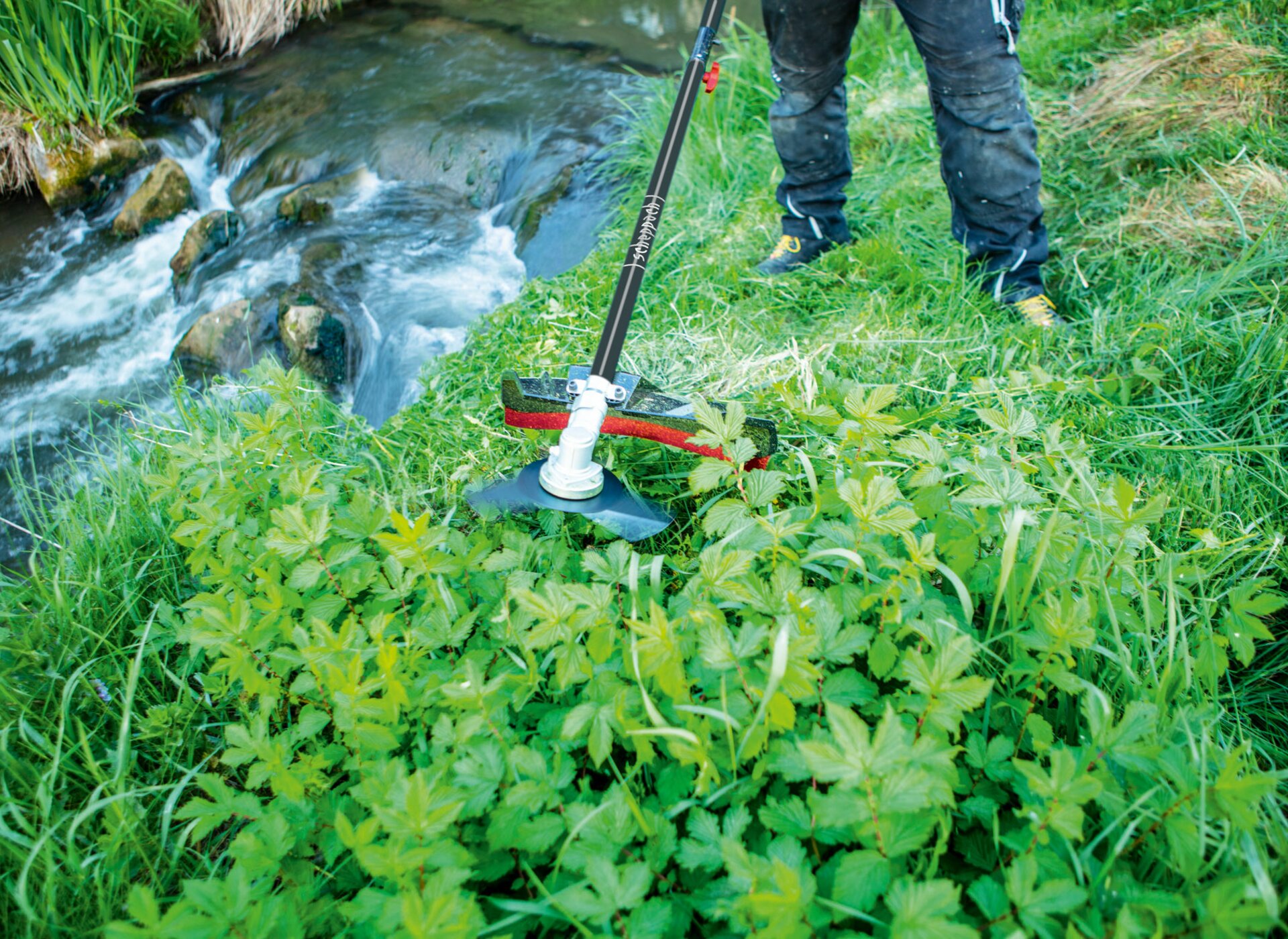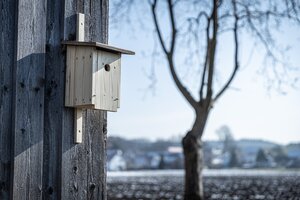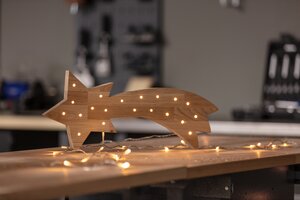There are two types of gardening tool to give the final touch to your green carpet: the grass trimmer and the brush cutter, also known as the strimmer. In principle, these are very similar devices to mow places that the lawnmower can’t reach. However, their power differs and they are used to mow different plants.
Grass trimmers are normally powered by electrical motors or batteries and are therefore light and handy. In particular, they are much quieter than petrol models and make working more comfortable. Grass trimmers cut with one or two nylon threads. All scheppach grass trimmers are equipped with a double thread spool that enables more precise cutting. The threads have a diameter of 1.4 to 1.6 mm depending on the model. If the thread is worn out, it can be extended using the push and pull system on the scheppach RT450 for example. To do this, you tap the cutting head quickly on the ground when it is switched on. The powerful BCH3300-40Li 40V battery-operated grass trimmer even has an automatic thread feeding system. You can therefore keep mowing without delays or reduced cutting quality until the stalk is the right length.
A telescopic shaft or an adjustable handle on the RT450 or BCH3300-40Li make the grass trimmer flexible to use even in areas that are difficult to access, e.g. along the edge of the lawn and also when cutting grass underneath bushes, between berry bushes or underneath garden benches. One single wheel can be used to cut edges precisely without coming too close to the ground.
Brush cutters or strimmers generally have two different cutting heads. One is the thread coil to shorten grass blades, although the thread is much thicker than on a grass trimmer. The diameter is between 2.4 and 2.8 mm. On the other hand a brush cutter also has a blade with 3, 4 or 8 teeth. It can therefore eat through even stubborn weeds and thicket.
Due to the differing requirements, brush cutters are normally equipped with a petrol engine that provides the required power. This makes the device heavier and so it must be used with a shoulder strap (this is included as standard with scheppach). Or you can buy a device with a special carrying rucksack from the beginning. This is the more convenient solution that prevents a load on just one side.
The conditions in your garden will determine whether you choose a grass trimmer or a brush cutter. In most cases, a grass trimmer is fully sufficient for small gardens: it smooths grass edges, mows the lawn around trees, sand pits and garden benches but can also deal with small clumps of nettles if it has to. Grass trimmers are especially popular in modern residential areas, as they are less intrusive thanks to their electrical motors or being battery operated.
In contrast, a brush cutter is required for large gardens in particular: here, there are often many bushes, shrubs and corners in which weeds can grow unhindered. The device is heavier and louder due to its petrol engine but is of course more powerful and makes short work of unwelcome plants.
What is in the garden and whether the device can be held in the hand are therefore the decisive factors. It doesn’t matter whether you choose a grass trimmer or a brush cutter, it is essential to ensure that the device can be adjusted to you when you purchase it: e.g. using a telescopic shaft or adjustable handles. This will make your work easier.
As with all devices, it’s important to learn how to use them. Here are a few tips for using grass trimmers and brush cutters.
- Always check the area to be mown. Stones, children’s toys, glass shards, etc. that are lying around cannot just damage the blade or the nylon thread but can also be ejected and injure you.
- As with mowing the lawn, the following applies: Only trim dry grass. Wet grass gets wound around the cutting head easier and sticks to the protective cover.
- Do not apply the cutting head too deeply. It is better to trim the grass in stages. Long grass gets wound around the cutting head easily and blocks it.
- Trim the edges of the grass before mowing the lawn. Ensure that grass is ejected towards the lawn surface. Then mow the lawn. This shreds the blades and conveys them to the catch basket.
- Surfaces can be mown easier if you move in a semicircular motion from right to left and back with the mowing head aligned in parallel to the ground.
- Avoid contact between the nylon thread and walls, stones, trees, the ground, etc. This causes premature wear and damage.
- Protect yourself sufficiently: solid footwear, robust work trousers, hearing protection for petrol engines and safety goggles or face protection when working with brushwood.
- Consider noise prevention measures in residential areas. Find out about the quiet times applicable in your community.












